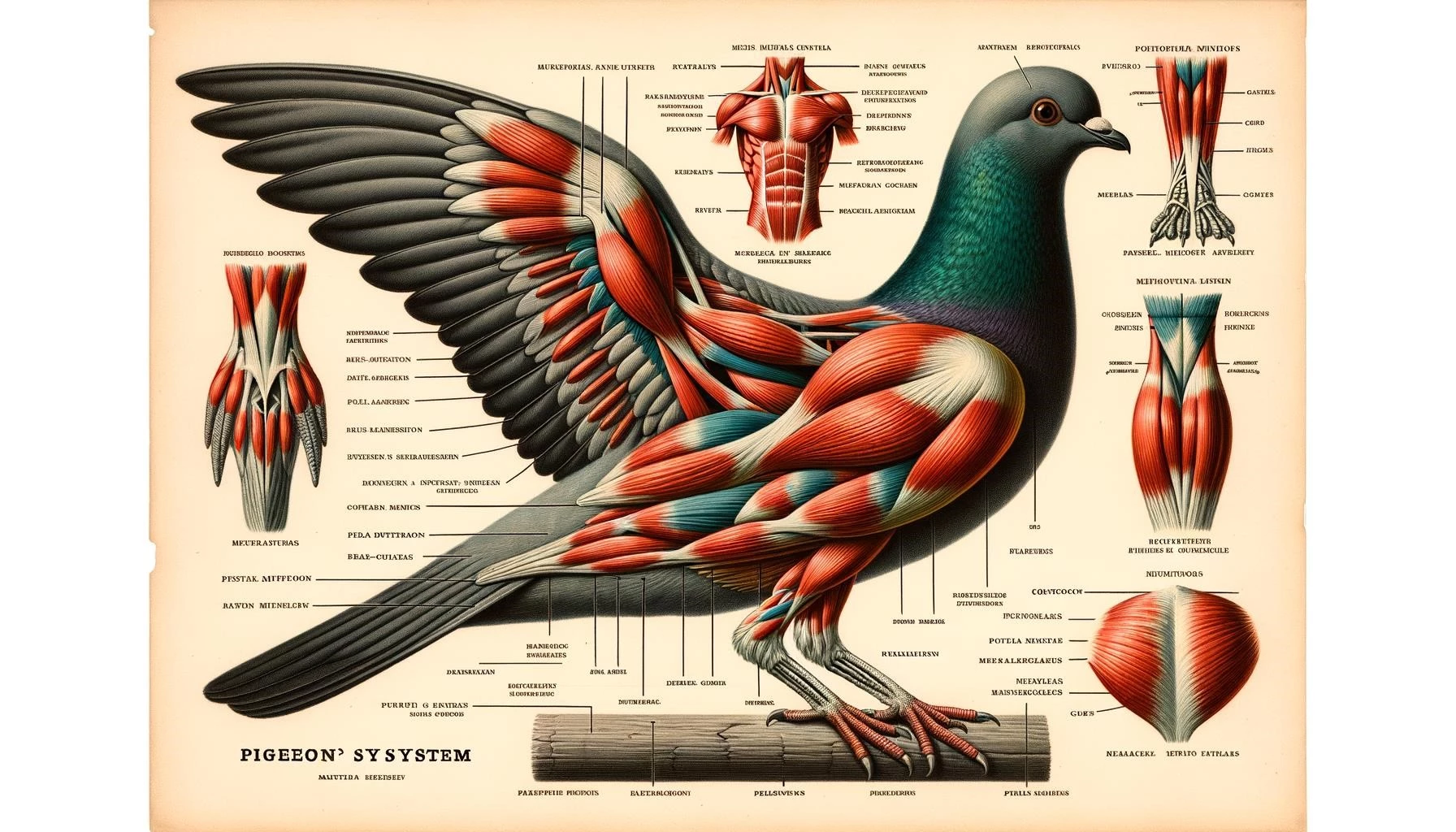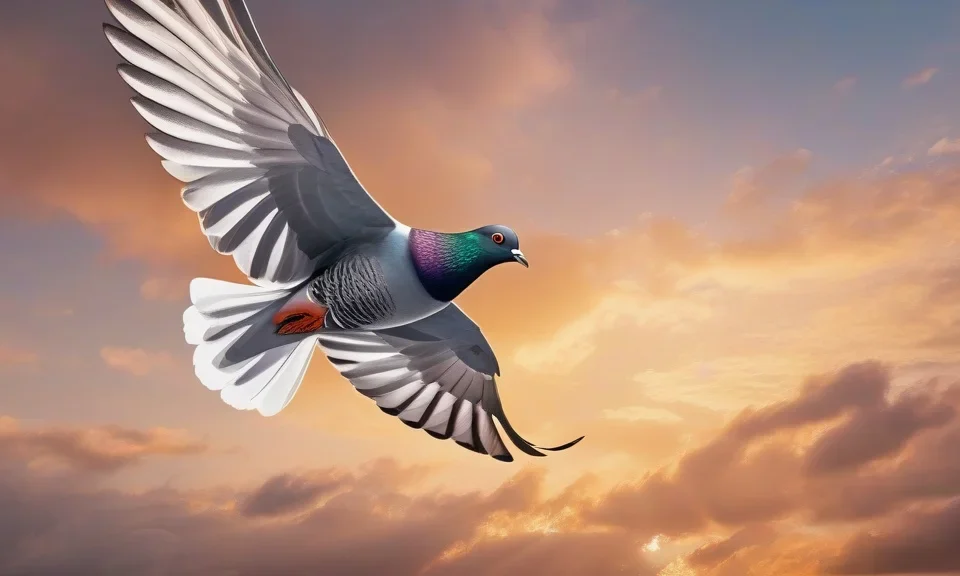Pigeons, like all birds, have a well-developed muscular system that enables them to perform various activities, such as flying and walking. The muscles in a pigeon’s body are specialized and adapted to meet the specific needs of its movements. In this article, we will explore the key aspects of pigeon muscles and their functions.
Key Takeaways
- Pigeons have a well-developed muscular system that enables them to perform activities such as flying and walking.
- The flight muscles in pigeons play a crucial role in powering their flight.
- Pigeons have various muscles that are involved in the movements of their wings, legs, and other parts of their body.
- Pigeon pose in yoga targets the hip area and helps stretch the hip flexor muscles.
Flight Muscles in Pigeons
One of the most important aspects of pigeon muscles is their flight muscles. Flight in pigeons is primarily powered by the action of the pectoralis muscles, which are the dominant flight muscles in avian species. In pigeons, the pectoralis muscles represent 60% of the total wing muscle mass.
The pectoralis muscles are responsible for the downstroke during flight, generating the necessary lift and propulsion. These powerful muscles attach to the keel or carina of the sternum, which is relatively long in pigeons to accommodate the insertion of prominent flight muscles. The strong development of these flight muscles allows pigeons to be strong and efficient fliers.
Muscles in the Wings and Legs
In addition to the flight muscles, pigeons have various other muscles that are involved in the movements of their wings and legs. The muscles in the wings are responsible for controlling the flapping motion during flight. These muscles work in a coordinated manner to generate the necessary lift and maneuverability.
The muscles in the legs of pigeons enable them to walk, perch, and take off from the ground. These leg muscles are built to provide strength and support during various activities. The leg muscles in pigeons include the biceps brachii, pronator superficialis, and other muscles that facilitate flexion, extension, and rotation of the limbs.
Pigeon Pose and Hip Flexor Muscles
While not directly related to the anatomy of pigeons, the pigeon pose in yoga is also referred to as ″Pigeon pose.″ This pose targets the hip area and is known for stretching the hip flexor muscles. The hip flexor muscles in pigeons, as well as in humans, play an important role in hip movement and stability.
In the human body, the hip flexor muscles include the iliacus, psoas major, pectineus, rectus femoris, and sartorius. These muscles allow for flexion and extension of the hip joint and are involved in various movements, such as walking, running, and jumping. Stretching these muscles can help improve hip mobility and flexibility.
Pigeon pose in yoga is often recommended as a way to stretch and release tension in the hip flexor muscles. This pose involves bending one knee in front of the body while extending the other leg behind. It helps open up the hips and relieve tightness in this area.
In conclusion, pigeon muscles encompass a range of muscles that enable pigeons to perform their activities, including flight, walking, and perching. Flight muscles, especially the pectoralis muscles, play a crucial role in powering their flight. In addition, pigeons have various muscles in their wings and legs that allow for the necessary movements. Pigeon pose in yoga targets the hip area and can help stretch the hip flexor muscles for improved mobility and flexibility.









